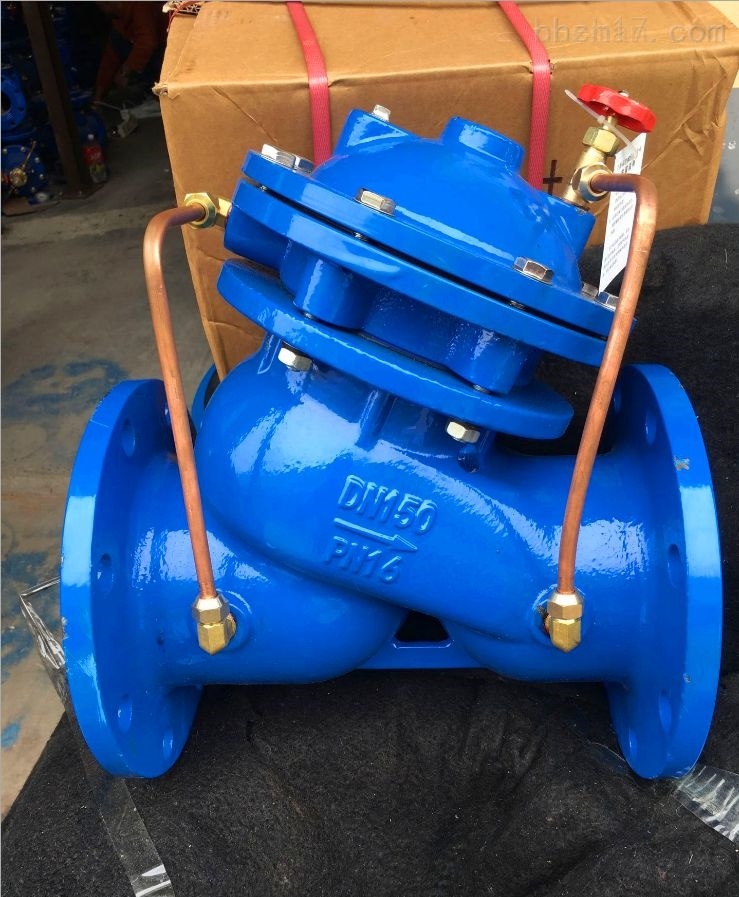Sep . 05, 2024 01:02 Back to list
v block
Understanding V Block A Key Tool in Engineering and Design
In the realm of engineering and design, precision is paramount. Every measurement, alignment, and placement plays a crucial role in the overall functionality and efficiency of a project. One tool that has proven to be indispensable in ensuring accuracy is the V block.
A V block is a precision instrument that consists of a rectangular block with a V shaped groove cut into it. This unique design allows it to hold cylindrical objects securely, making it an essential tool for a variety of applications, especially in machining and metalworking. The primary purpose of a V block is to provide a stable reference point for the measurement and machining of round parts, such as shafts and rods.
The Design and Functionality of V Blocks
Typically made from hardened steel or sometimes from other durable materials such as aluminum, V blocks are designed to be robust and long-lasting. The V groove is meticulously engineered to ensure that it can accommodate a range of diameters. This versatility makes the V block highly effective in both professional and educational settings.
One of the most common uses of a V block is in conjunction with a combination square or caliper. By placing a cylindrical object in the V groove, an operator can easily measure its diameter or check for any irregularities. The raised edges of the V block provide a stable surface, eliminating the risk of the part rolling or moving during measurements.
v block

Applications of V Blocks in Various Fields
The utility of V blocks extends across several engineering disciplines, including manufacturing, quality control, and even educational environments for technical training. In manufacturing, V blocks are often used in machining processes. For instance, when cutting or machining parts that require a specific orientation, a V block can secure the workpiece at the correct angle, thereby enhancing accuracy.
In quality control, V blocks are instrumental in the inspection process. They enable technicians to verify the dimensions of parts against specified tolerances accurately. When a cylindrical part is inspected, it is crucial that it is held securely to provide reliable readings from measuring tools. The V block serves this purpose exceptionally well.
Moreover, educational institutions often utilize V blocks in workshops to teach students about precision measurement and machining techniques. By working with V blocks, students learn the importance of accuracy and how to handle tools effectively, preparing them for future careers in engineering and manufacturing.
Conclusion
In summary, the V block is a vital tool in engineering and design, providing precision, stability, and ease of use when measuring and machining cylindrical objects. Its simple yet effective design has made it a staple in various applications, from industrial manufacturing to academic settings. As the engineering field continues to evolve, the importance of such precision tools cannot be overstated. The V block represents a blend of functionality and accuracy that supports the ongoing pursuit of excellence in engineering practices. Whether for professionals or students, the V block will undoubtedly remain a key player in achieving precise and reliable results in various engineering tasks.
-
Water Valve Gate Design Prevents Leakage and CorrosionNewsJul.11,2025
-
Steel Fab Table Features Reinforced Construction for LongevityNewsJul.11,2025
-
Specialized Valve Designs for High Pressure SystemsNewsJul.11,2025
-
Machinist Gauge Pins Feature Ground and Lapped FinishesNewsJul.11,2025
-
Hose Check Valve Prevents Backflow in Irrigation LinesNewsJul.11,2025
-
Durable Micrometer Tools Withstand Heavy Workshop UseNewsJul.11,2025
Related PRODUCTS









